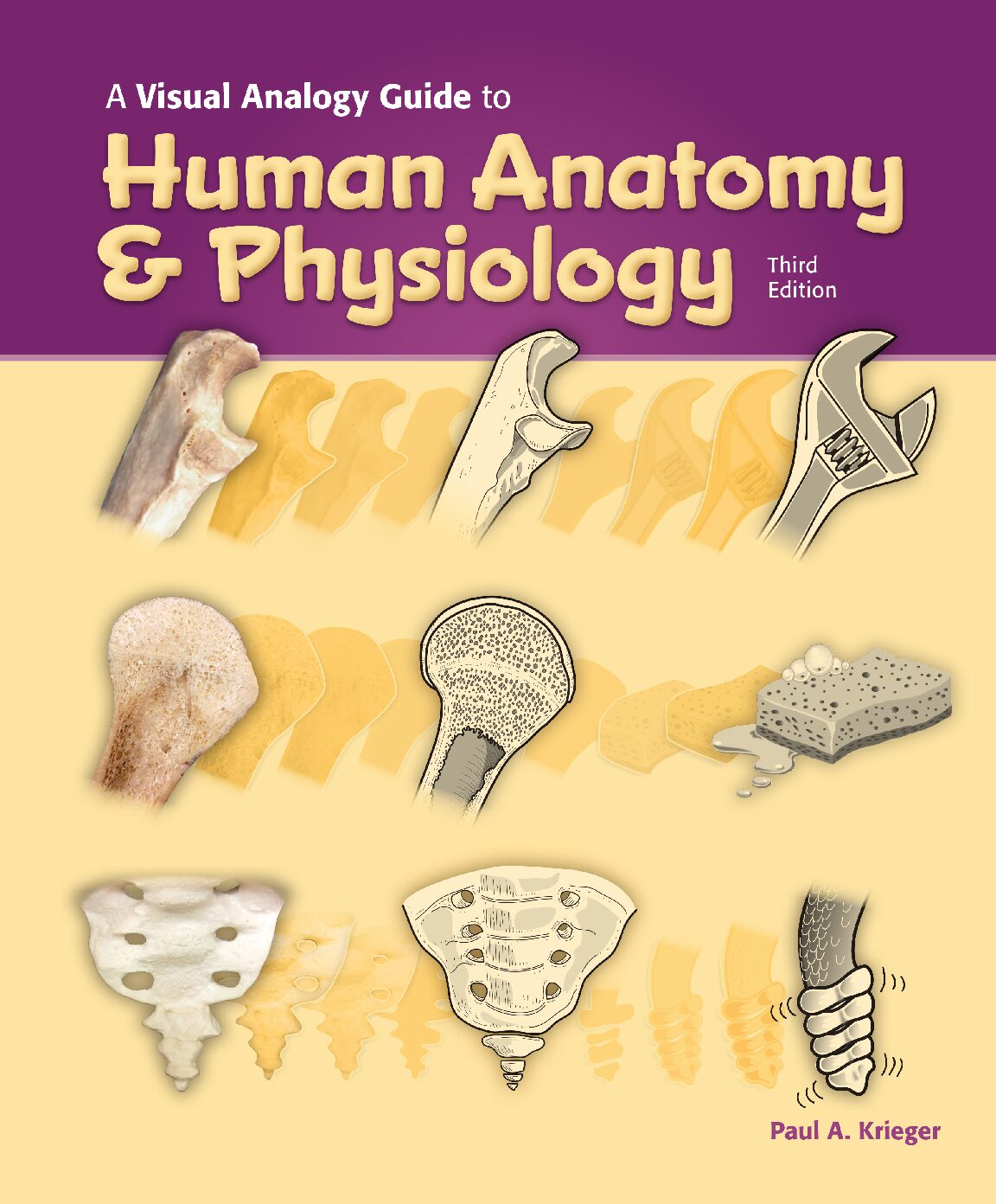If you published the first edition of your textbook ten or more years ago, you may find yourself occasionally muttering to yourself, “I wish I kew then what I know now.”
Why is that?
Historically, the publishers start the book contract negotiation game with all the cards…backs to you. You have one card…it’s face up. And it tells everybody, “I’m new at this but I’m excited. Just tell me where to sign.”
Publishers have generally been the gatekeeper to a published book. While this may be less true now, with self-publishing and Open Educational Resources (OER), the publishers still have the most established distribution channels self-publishers cannot begin to match.






